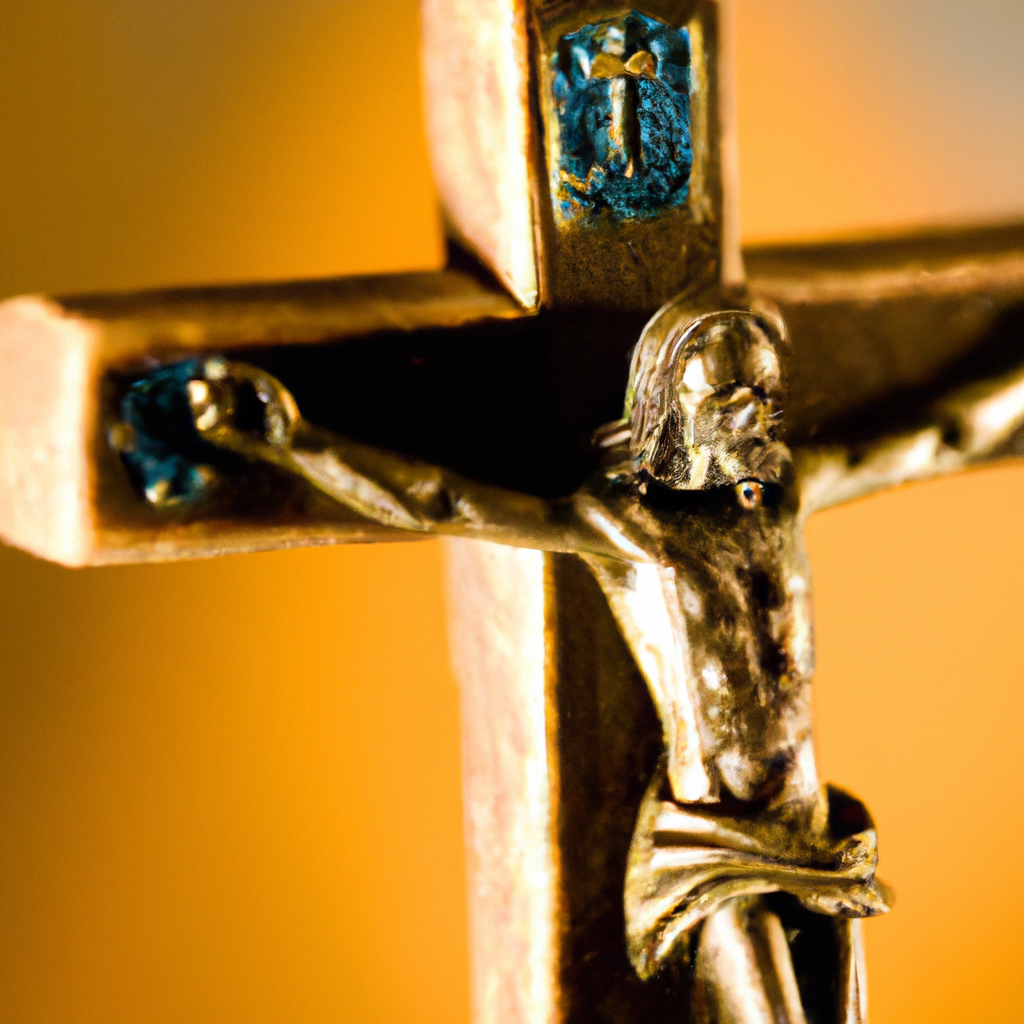Introduction
The crucifixion of Jesus Christ is not only a central theme in Christian theology but also a historical event recorded beyond the canonical Gospels. The corroborating accounts from non-Christian sources add an additional layer of authenticity, serving as a critical point of intersection between religious texts and historical analysis. This article delves into these historical accounts, examining their contributions to the crucifixion narrative, addressing skepticism, and underscoring the importance of a comprehensive understanding of this pivotal event.
Examining Non-Christian Sources
Various historical accounts from non-Christian sources provide external confirmation of the crucifixion event, each contributing unique insights and perspectives.
- Thallus and Phlegon: These historians from antiquity mention the darkness and earthquake that occurred during the crucifixion, aligning with the Gospel accounts. Their writings, while not preserved in entirety, are referenced by later historians such as Julius Africanus and Eusebius, providing a chain of transmission that adds credibility to their accounts.
- Tacitus: The Roman historian Tacitus, in his Annals, references the execution of Jesus under Pontius Pilate, providing a Roman perspective on the event. His account, while brief, is significant for its impartiality and its position within the broader historical narrative of the time.
- Jewish Sources: The Talmud, a central text in Rabbinic Judaism, contains references to Jesus and his execution. While the portrayal is not positive and reflects the tensions between early Christians and Jewish authorities, it nonetheless serves as an independent confirmation of Jesus’ crucifixion.
Addressing Skepticism
Skepticism regarding the authenticity and reliability of these historical accounts is not uncommon, and addressing these concerns is crucial for a balanced and rigorous analysis.
- Assessing Historical Credibility: The criteria for assessing the historical credibility of ancient texts include their proximity to the events they describe, the consistency of their accounts, and the reliability of their transmission. By these standards, the non-Christian accounts of the crucifixion stand up to scrutiny.
- Understanding Biases and Perspectives: Every historical source is influenced by the biases and perspectives of its author. Recognizing these influences is essential for a nuanced interpretation, allowing for a critical yet fair assessment of the accounts.
- The Role of External Corroboration: The external corroboration of the crucifixion event by non-Christian sources plays a crucial role in establishing its historical authenticity. These accounts, when taken together with the Gospel narratives, provide a multifaceted and robust understanding of the crucifixion.
Conclusion
The crucifixion of Jesus Christ, a central event in Christian theology, finds confirmation and corroboration in historical accounts beyond the Gospels. This extended analysis examines these non-Christian sources, addresses skepticism, and emphasizes the importance of a holistic understanding of the crucifixion. Through rigorous scholarship, critical analysis, and a commitment to intellectual integrity, we gain a deeper appreciation of the crucifixion’s historical and theological significance, affirming its impact and relevance across religious and historical boundaries.
